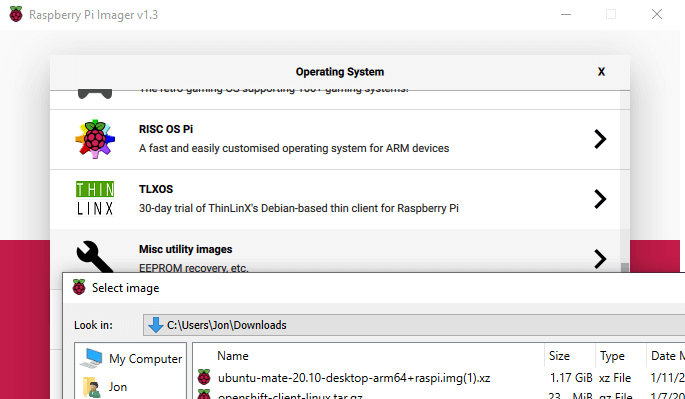
Staying right there in the command line, run this: sudo. To the terminal! cd Downloadsīe prepared to wait 10 minutes or so for that to download, especially if you’re relying on Wi-Fi. Save your ExaGear product key to your Downloads directory on your Pi (the key needs to be in the same directory as ExaGear, and ExaGear is going here, so Downloads is the easy choice). First, you’ll need an ExaGear product key, because this program isn’t free (except for us, sorry). Say Yes.Īlright, time for ExaGear! ExaGear is what makes this all possible – it will emulate an x86 environment on the Raspberry Pi. You should get a pop-up letting you know that “Full KMS GL driver is enabled.” Hit OK, then Finish. Let that play out, then hit Advanced Options > GL Driver > GL (Full KMS) OpenGL desktop driver with full KMS. Select Update – Update this tool to the latest version.

This should turn your terminal window into a blue field with a gray menu in it. Hop into the terminal on Raspbian and enter this line: sudo raspi-congfig Go ahead and get that done, then meet us in the next step. You know how to do this, because we’ve showed you how to install Raspbian on the Raspberry Pi before. How to run x86 programs on the Raspberry Piįor this project, you’ll need your Raspberry Pi and standard peripherals (a power source, monitor, keyboard, and mouse), plus a microSD card (bigger is better, as ExaGear and the programs we’ll want to use will take up space – try to get at least 16 GB) and an ExaGear license. The folks at ExaGear were kind enough to send us a free product key.

By using ExaGear, a paid program, we can emulate an x86 environment and run Windows applications like Skype, Spotify, and uTorrent. The good news, though, is that there’s a way around this. That’s a bummer, because x86 is Intel’s processor infrastructure – the one you’d find on PCs, and the one you’d need to run Windows programs. The Pi has an ARM processor, which means that it doesn’t have out-of-the-box support for programs designed for computers with x86 processors. The Raspberry Pi can do a lot of things that your PC can do – but it’s not designed to do everything.


 0 kommentar(er)
0 kommentar(er)
